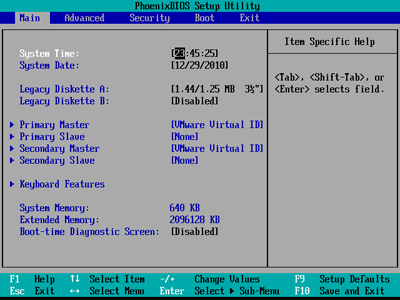PLEASE refrain from using such large fonts. That URL has stretched the forum ;-)
There are a couple of reasons Apple had UEFI options long before others. The first is that it's Intel backed, and when Apple made the Intel move, adopting UEFI was a no-brainer. On the PC side of things, Intel has been using UEFI on its motherboards for a while. The solutions just haven't been near as elegant as what we'll be seeing in the months ahead.
The other reason is due to Apple having full control over its platform. Apple is the one that handles the configuration of the computers it sells, not the consumer. As a result, deploying UEFI wasn't exactly too difficult, and there was no reason at all that Apple should have stuck with the BIOS route.
On the PC desktop side, things are different. It's difficult to coordinate with the mass of hardware vendors in order to get UEFI implemented, though I do admit it took far too long.
That said, I'm not quite sure what UEFI looks like on Apple, but I'm confident that these upcoming solutions are going to blow whatever it is away ;-)

